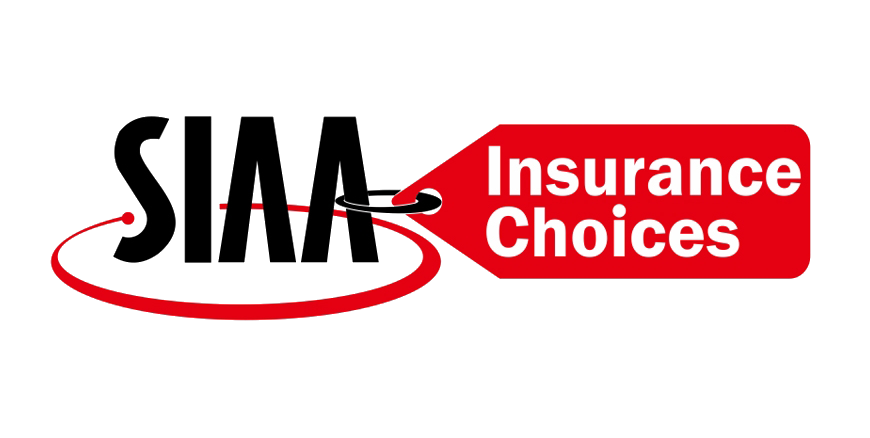
The truth of the matter is, there isn’t a good plan or a bad plan when it comes to these two types of choices, what it comes down to, is which is right for YOUR family? The problem is, most of us are unsure of the differences and quite frankly, many Human Resource representatives are not able to explain the differences either or why you would choose one plan over the other. Most employers now are offering two options.
Option 1: The Traditional Plan: Most of us have become accustomed to, a deductible, with a co-payment option at the doctor office and then what is called the 80/20, where the insurance pays 80% of the bill and you pay 20% give or take.
We are used to that option, and although we may not like it or how the premiums are going up each year, and less and less is paid, we are still comfortable in understanding it, and do not like change. So we like that.
Option 2: Now known as CDHP plan (High Deductible, Consumer Driven Health Plan, typically with a Health Savings Account or HSA).
Now what does this tell you? The care is driven by the consumer. Remember the beginning of this? We like to have options, right?
Well, that is exactly what these types of plans do, they give you the option of how you manage your health care. The flip side of that, is you now must MANAGE your care, and MANAGE how the dollars are being spent.
We don’t like that as much. We are much more comfortable in the typical 80/20 scenario. So why change? Why look at a CDHP option? What are the benefits and how would you know if you should consider this type of plan?
Well, If you sit down and go through the following steps, AND understand how a CDHP plan actually works, the decision should become more clear.
- Make a list of the expenses you ACTUALLY paid out of your pocket the prior year. This includes, deductibles, co-payments, prescriptions, non covered items, etc. EVERYTHING.
- Look at your upcoming care: What health care things do you have planned going into the new year? How much do you expect that to cost?
- Find out how much and how often your employer will contribute into a Health Spending Account (HSA) should you opt to enroll in the CDHP plan. (I will explain why this is important later).
- Compare the annual premium of each of the options, traditional plan premium plan cost vs. cost of enrolling in CDHP plan.
- Be wiling to accept change. This one may be the very hardest of all.
Now that you have done that, let me explain how a CDHP plan works. First off, it will typically have a MUCH higher deductible than most of the plans you have had before. (There is actually minimum deductibles required in order to even have a Health Spending Account). **First Reason, people don’t want to change… but follow me.
Now for the next part. Almost everything is applied to the deductible first before ANYTHING is paid to the doctor. So I am responsible for the whole bill?
YES. BUT, what most employers are doing, is they are actually contributing to the employee’s Health Spending Account (HSA) for them, to help offset the deductible. (Step 3 above) So now, even if the claim is all applying to the deductible, there is money ALREADY stored in this account to pay that bill, because the employer has already contributed.
This next part is the other reason people get scared of this type of plan. YOU the EMPLOYEE can ALSO contribute to this plan each pay period too. So Each pay period, you are SAVING a few bucks in this special account that is used for medical expenses, and when you need it is there, if you don’t, it is STILL THERE. YOU DONT LOOSE IT. It collects interest, rolls over each year, and stays with you even if you leave your job.
If my employer saves money and puts in my account, and I save money and put into my account, then when I need care, the money is in my account!!! It is deducted from my paycheck each pay period, I won’t miss it, and it is also pre taxed. AHHHH…so now, this is beginning to make a bit more sense. So what started out seeming to be all bad, just may not be such a bad way to go after al
***Now, there are a lot of other things like yearly contribution maximums, types of over the counter things not covered, penalty for using funds for groceries, and age maximum that you can no longer enroll. Specific questions can generally be answered by your Human Resource Manager.
The bottom line is, only you can decide what is the best decision for your family health care. If you understand your choices, it is much easier to make an informed decision, than just choosing the option you understand.













Recent Comments